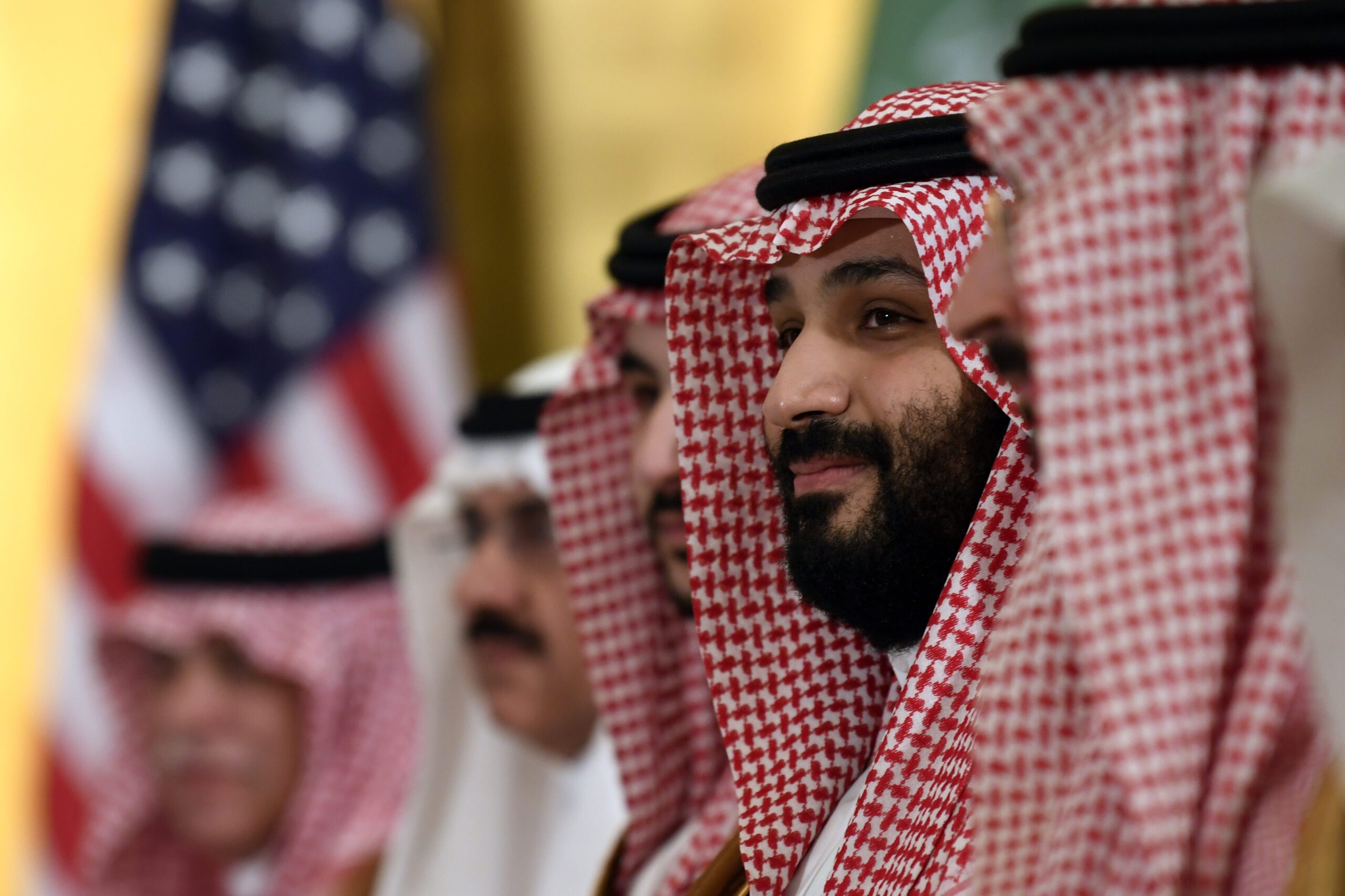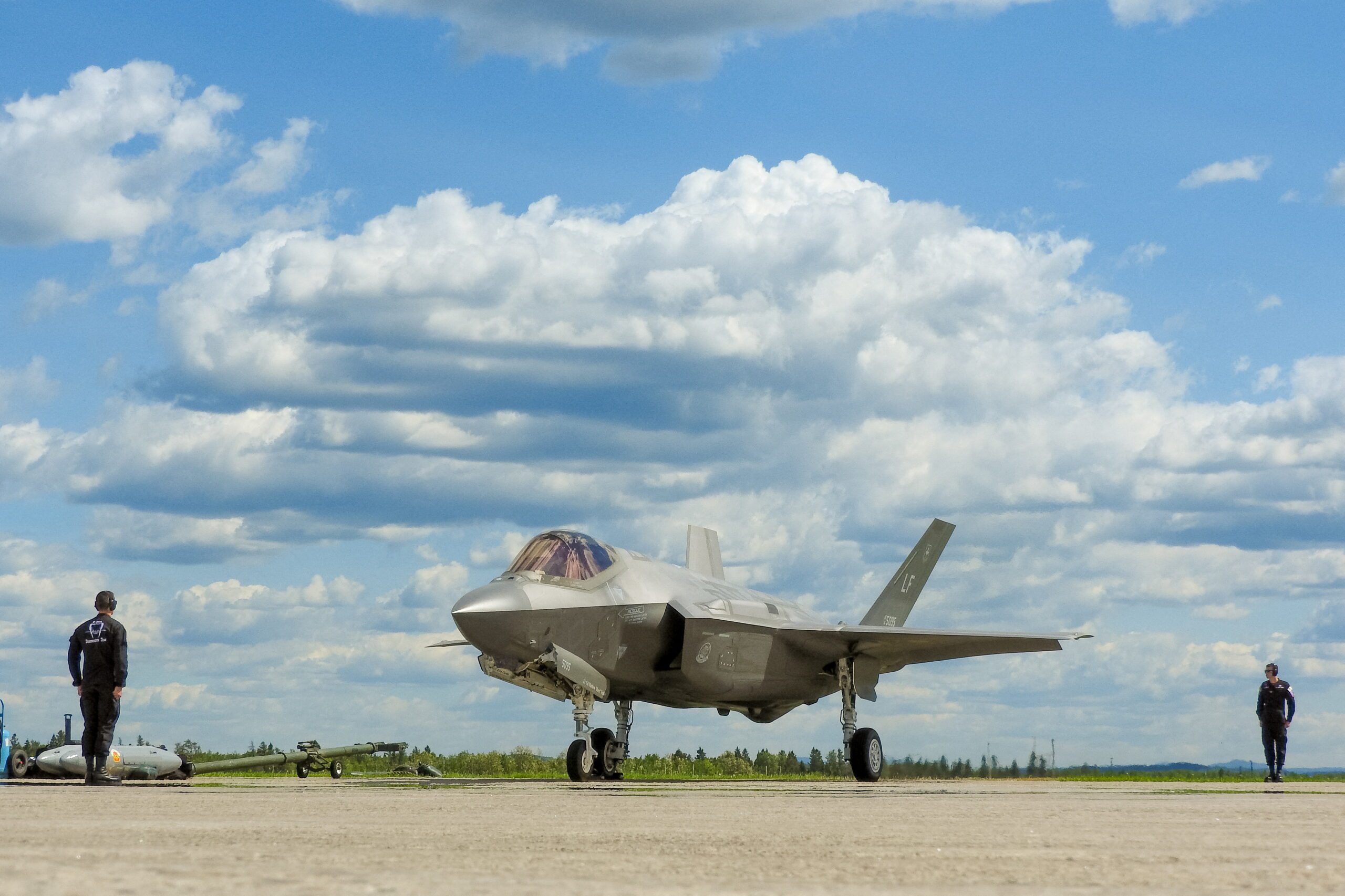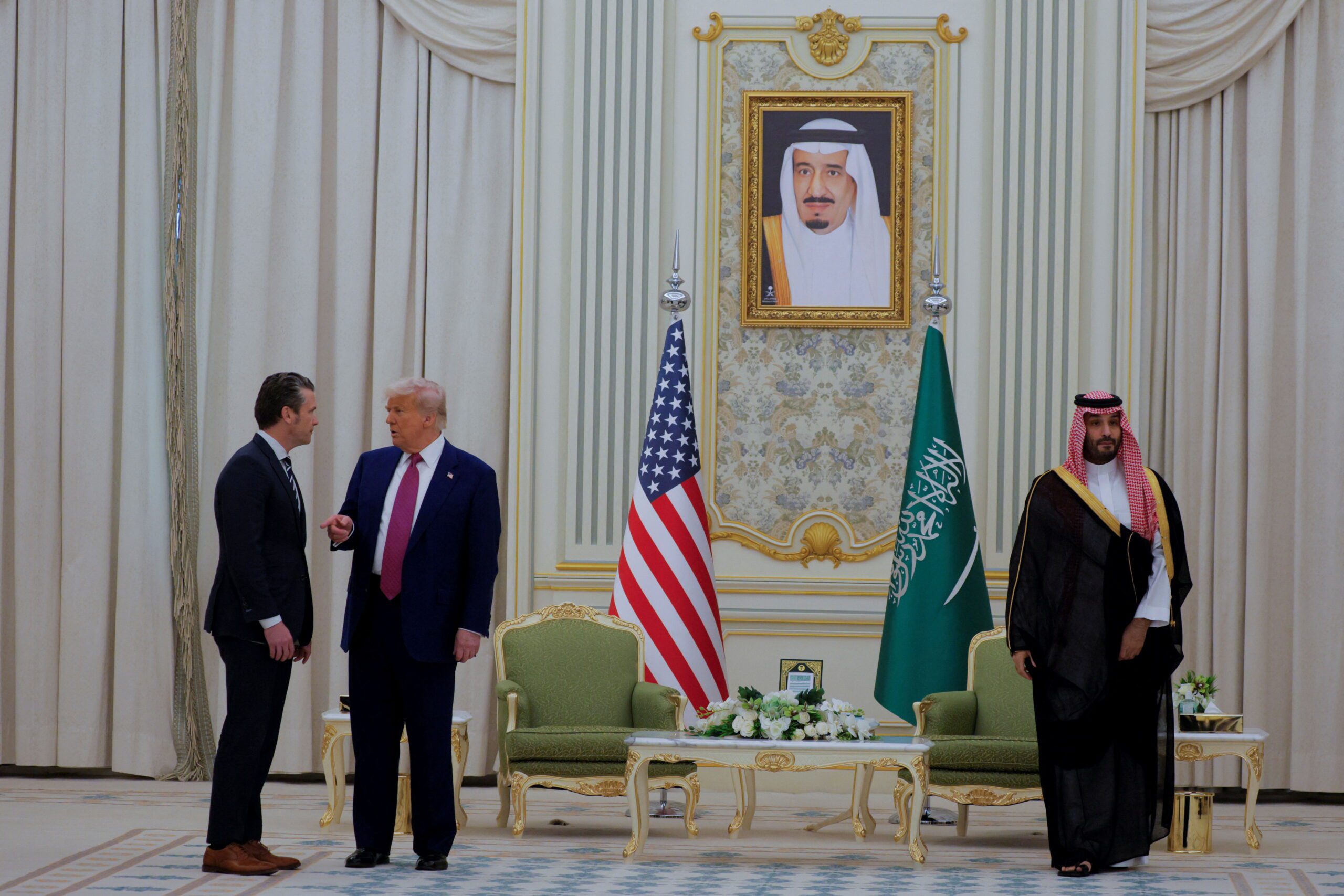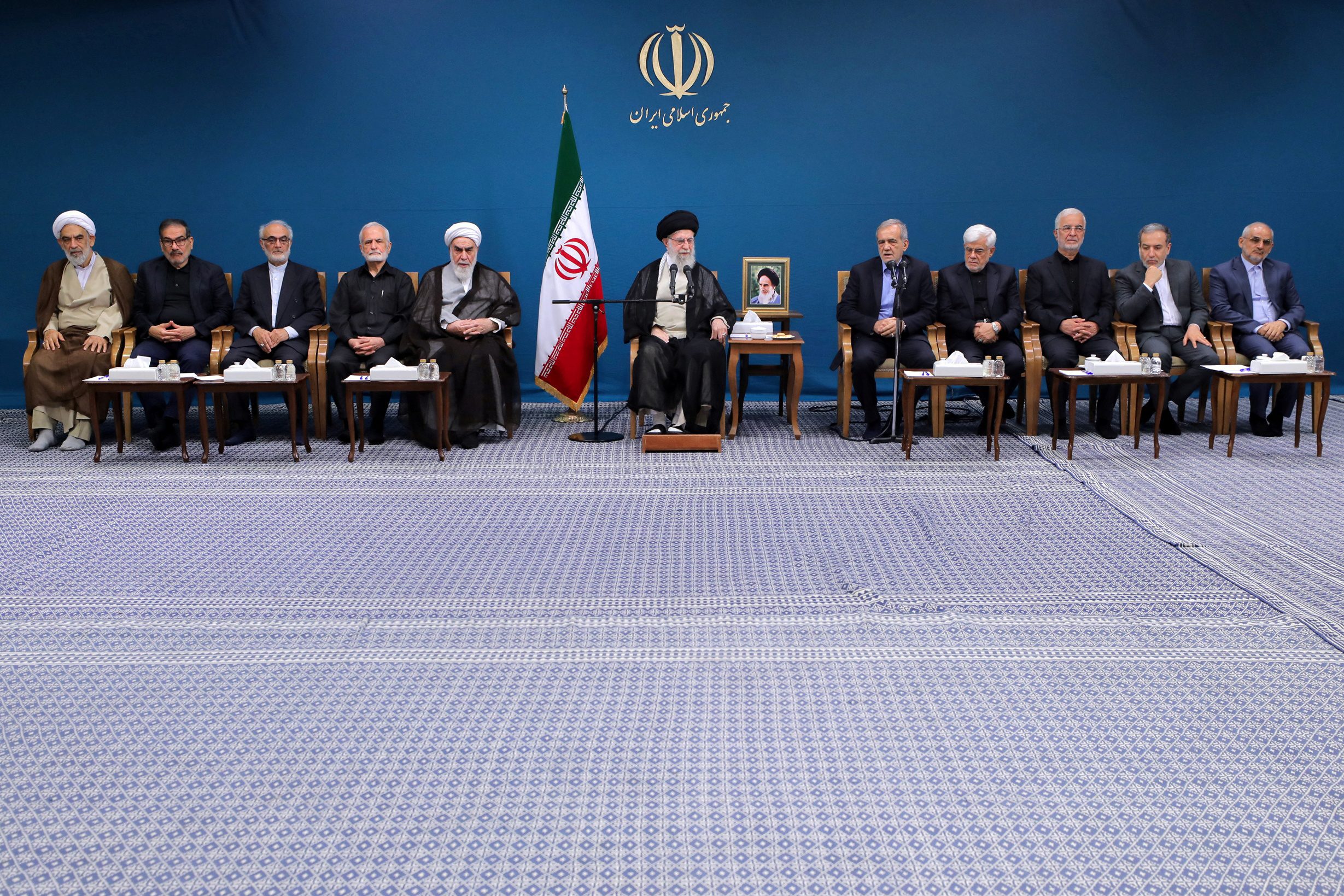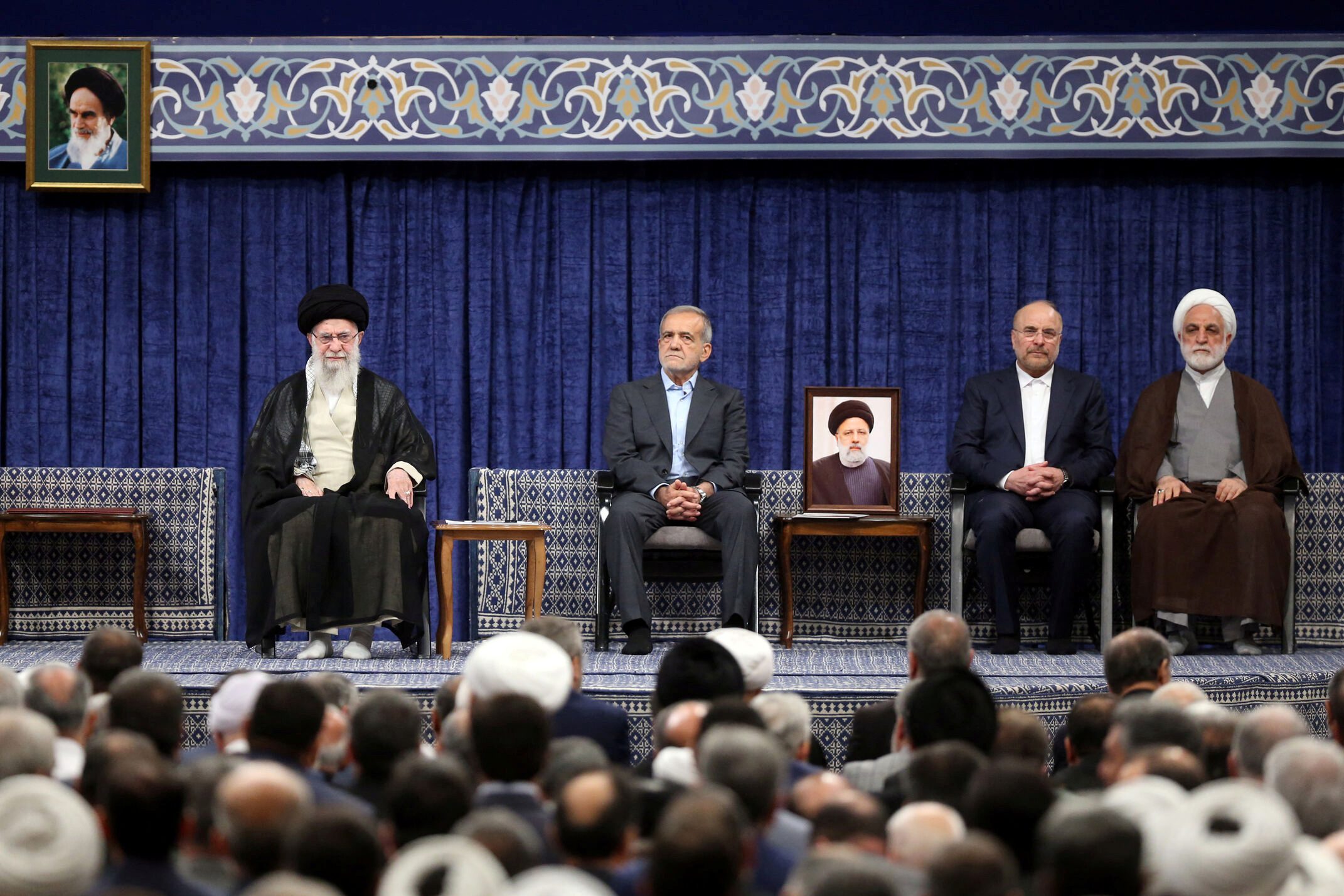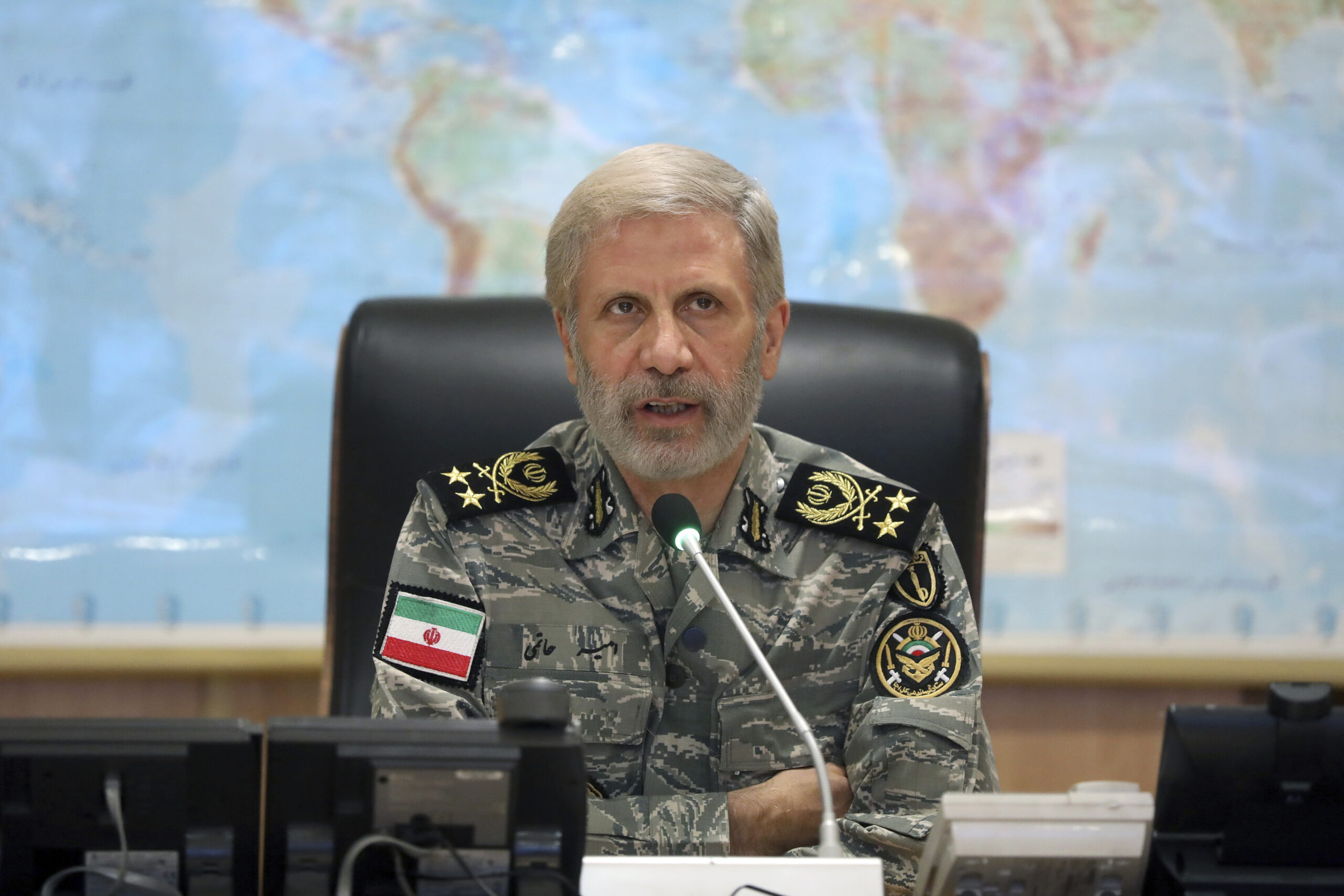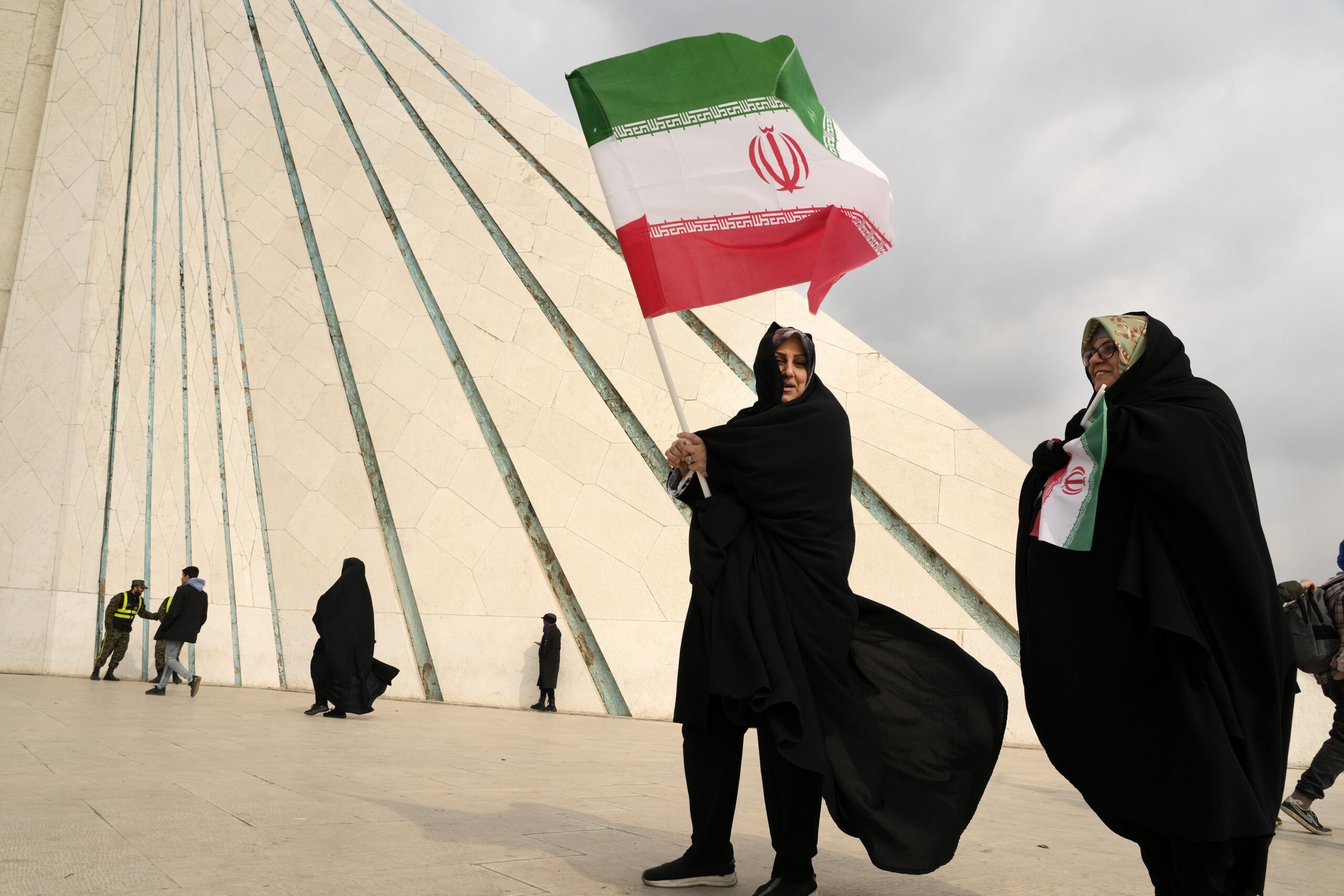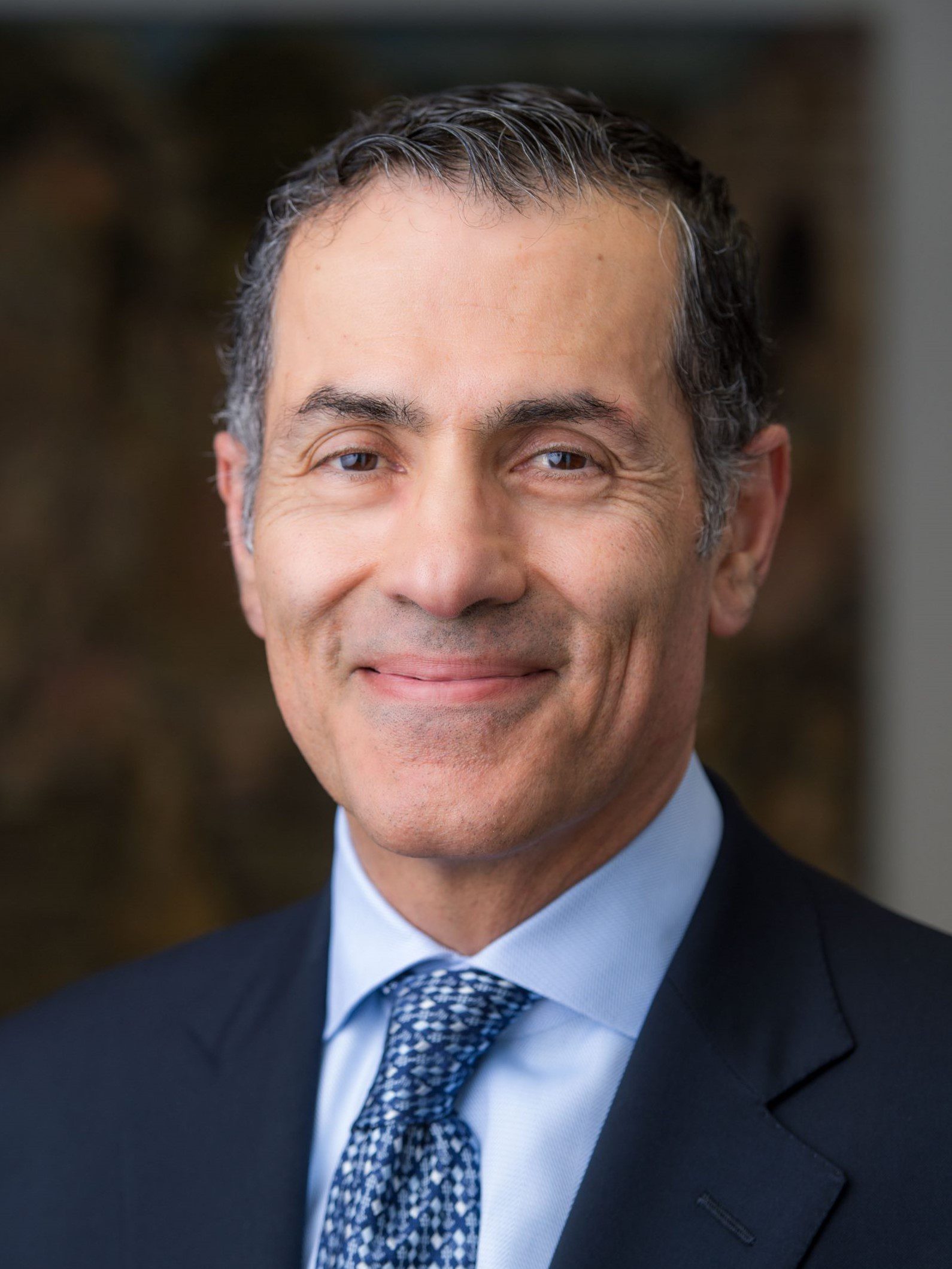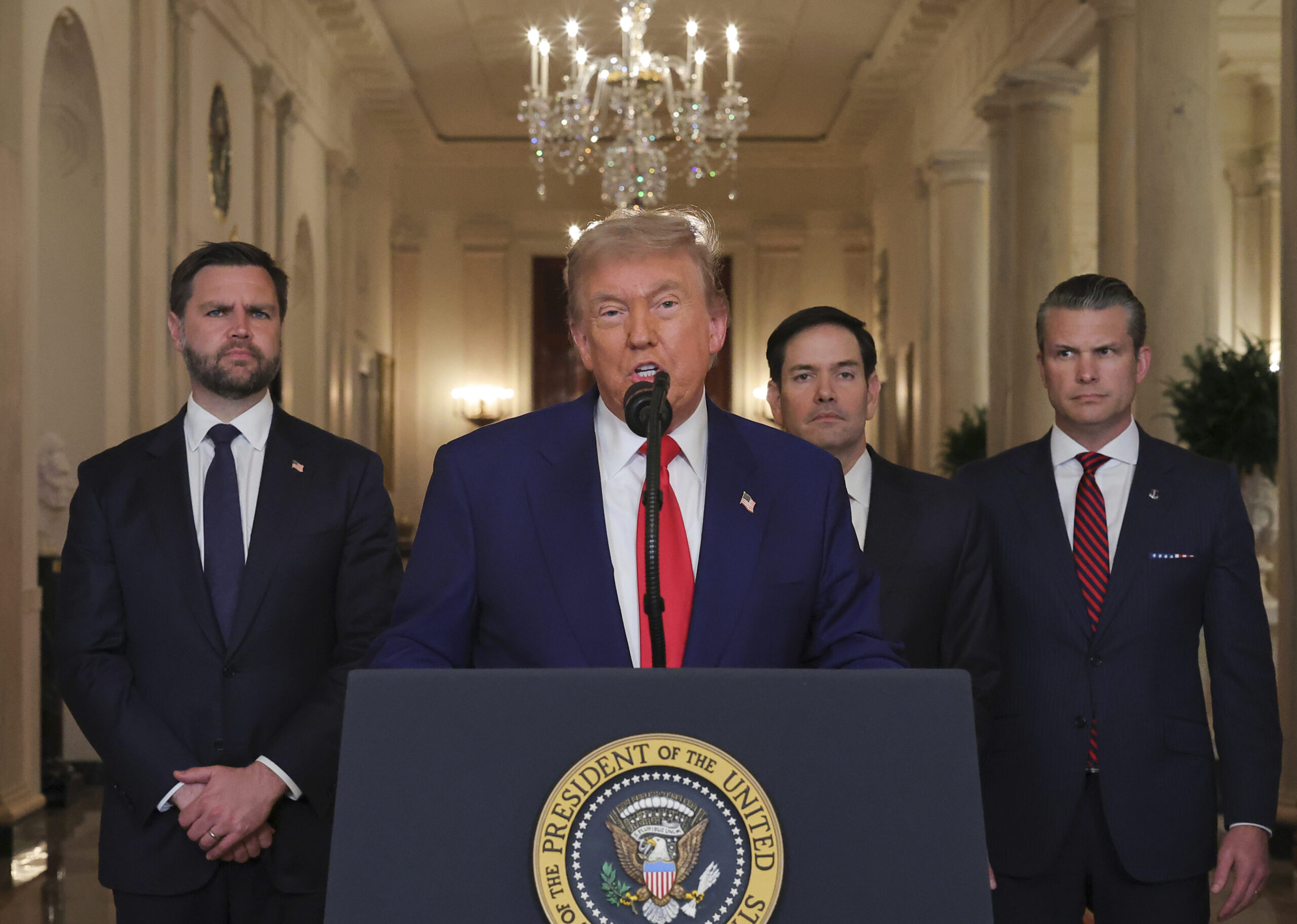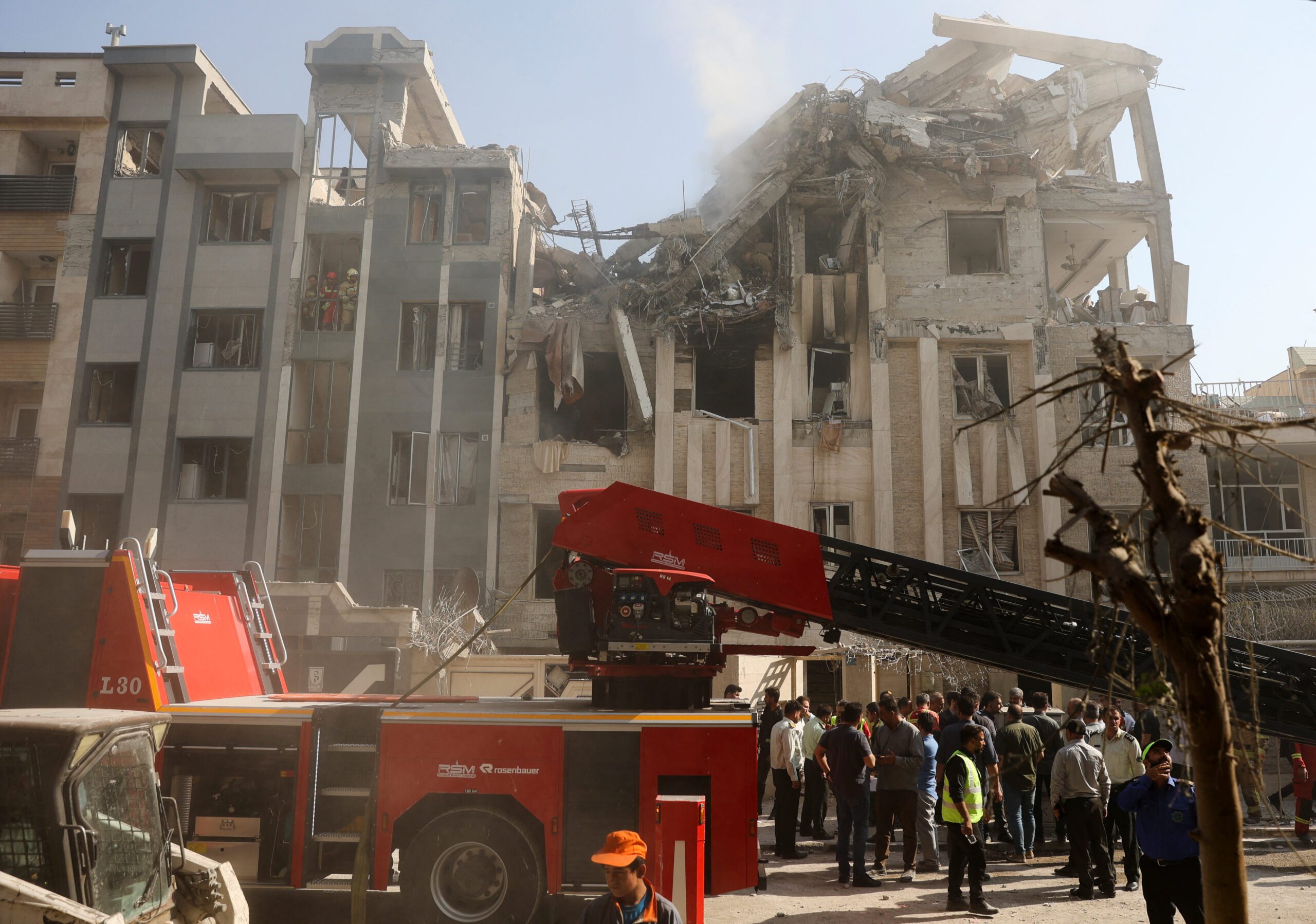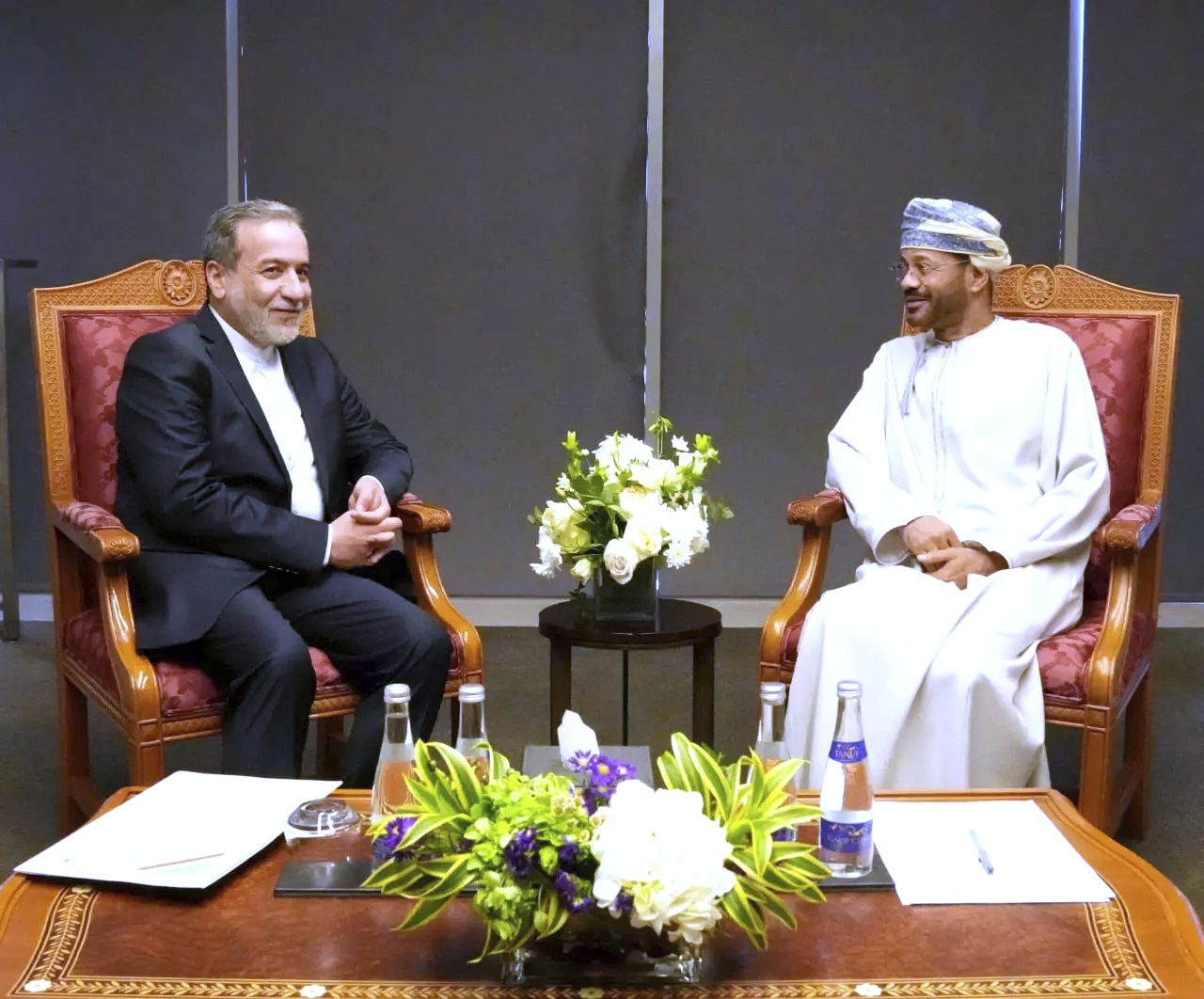Iran Looms Over Saudi Visit to Washington
Saudi Arabia seeks a U.S. security umbrella strong enough to deter Iran but a diplomatic posture measured enough to avoid provoking Iran unnecessarily.
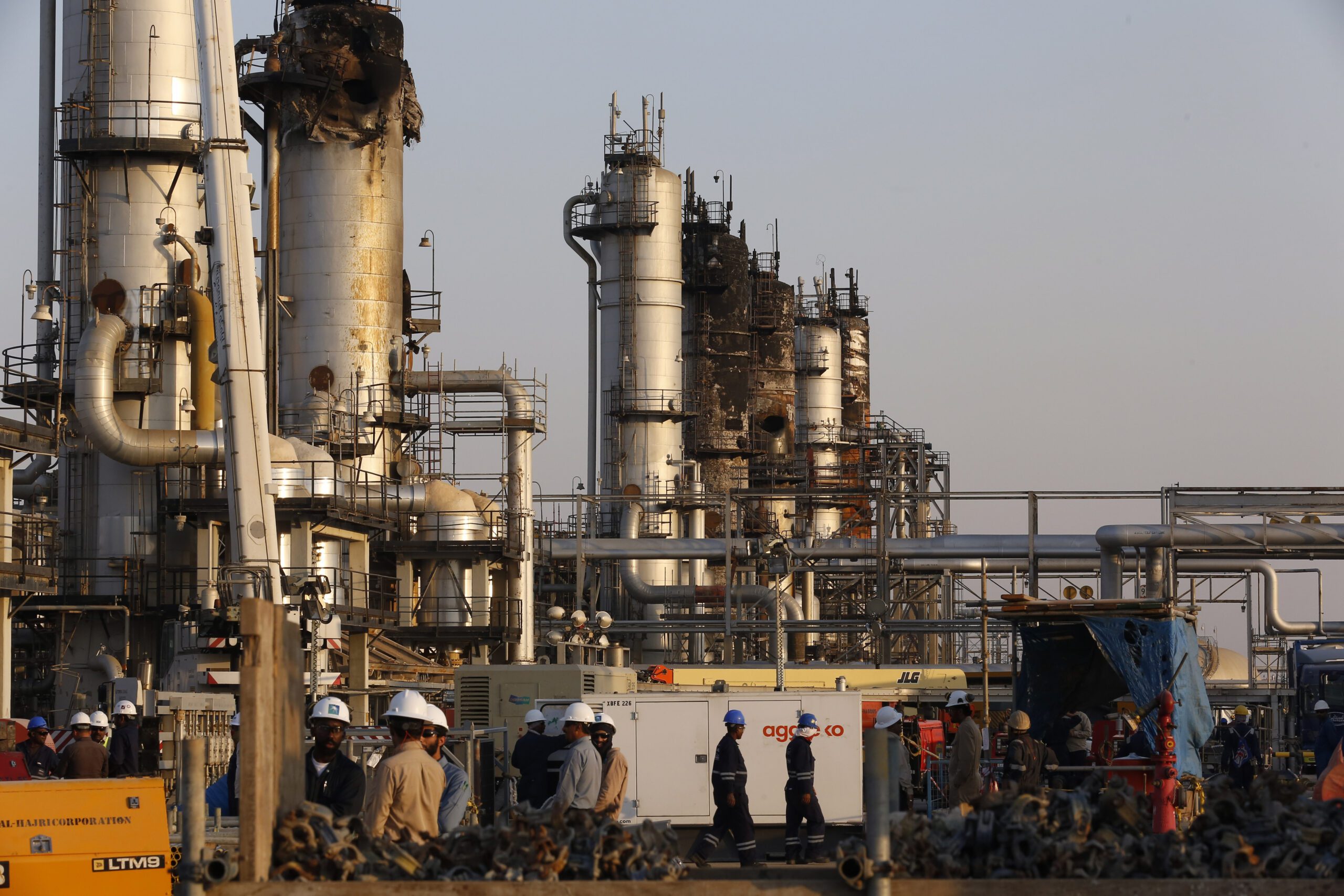
Saudi Crown Prince Mohammed bin Salman’s visit to Washington comes at a moment of strategic uncertainty in the Middle East. The United States, Saudi Arabia, Israel, and Iran are all recalibrating their policies in the aftermath of the 12-day conflict in June, which reshaped assumptions about Israel’s willingness to strike Iranian targets and exposed weaknesses in Iran’s deterrence posture. Riyadh will likely arrive with two seemingly contradictory objectives regarding Iran. First, the kingdom is looking to secure a formal U.S.-Saudi security pact to deter Iran. Second, Saudi Arabia may explore avenues for indirect mediation between Washington and Tehran to reduce U.S. pressure on Iran and limit the risk of Iranian retaliation against Saudi oil facilities and maritime shipping. This dual strategy reflects Saudi Arabia’s core dilemma – how to contain Iran while minimizing the costs and risks of containment.
Tehran’s threat to Saudi Arabia is not new. Iran has long relied on coercive signaling to deter pressure. During the 1980-88 Iran-Iraq War, both Iran and Iraq struck oil tankers and commercial shipping vessels in what became known as the Tanker War. More recently, Iran seemingly responded to the declared efforts by the first administration of President Donald J. Trump to drive its oil exports to “zero” by mining tankers near Fujairah and enabling Houthi missile and drone attacks on Saudi oil infrastructure in Abqaiq and Khurais in 2019. Today, as Iran focuses on preventing a second wave of Israeli strikes, the temptation to disrupt the exports of a U.S. ally may be even greater. Saudi Arabia’s centrality to the global energy market makes its infrastructure a lucrative target for Tehran’s coercive diplomacy.
There are already indications that this may once again be Iran’s preferred tactic. On November 15, the Islamic Revolutionary Guard Corps navy seized the Marshall Islands-flagged oil tanker Talara as it sailed from the United Arab Emirates to Singapore, claiming it carried “unauthorized cargo” in violation of maritime law. Iranian authorities did not specify what the illicit cargo was, but the message to Gulf Cooperation Council states, including Saudi Arabia, was unmistakable: Even after its military setbacks and economic isolation, Iran retains its capacity for regional disruption. Should Israel, as Iranian leaders suspect, resume strikes aimed at toppling the regime in Tehran, Iran is likely to internationalize the conflict by targeting the regional energy sector, pressuring both exporters and importers to deter further Israeli attacks.
The crown prince understands that U.S. security guarantees alone will not shield Saudi Arabia. This explains why Riyadh is likely to request that the United States reduce tension with Iran so the kingdom does not become collateral damage. This is not appeasement. Rather, it reflects a realistic assessment that Iran often responds to pressure with asymmetric escalation. If Washington tightens sanctions, escalates covert operations, or supports more aggressive Israeli actions, Iran may retaliate not only against Israel but also against vulnerable regional targets – above all Saudi Arabia’s energy sector.
This dual track – seeking robust U.S. protection while encouraging U.S. restraint – reflects Saudi Arabia’s evolving strategic culture. Riyadh is no longer content to play the role of a passive security client. It seeks to shape the regional environment to protect its own priorities, particularly the domestic transformation agenda embodied in Vision 2030. That agenda depends on predictable oil income, sustained foreign investment, and a secure operating environment. A renewed Iran-Israel confrontation threatens all three. For Saudi Arabia, the ideal outcome is a U.S. security guarantee strong enough to deter Iran paired with a U.S.-Iran modus vivendi that reduces Tehran’s incentives to engage in sabotage.
Yet the United States faces its own dilemma. Offering security guarantees to Riyadh may strengthen the U.S. regional posture and bolster Saudi confidence, but it also risks entangling Washington in escalation scenarios between Israel and Iran in which Saudi territory becomes a battleground. Conversely, withholding guarantees may push Riyadh further toward China, erode U.S. influence over Gulf security affairs, and encourage Tehran to test Saudi vulnerabilities without fear of U.S. retaliation.
This is the strategic context in which Mohammed bin Salman arrives in Washington: He seeks protection without entrapment – a U.S. security umbrella strong enough to deter Iran but a diplomatic posture measured enough to avoid provoking Iran unnecessarily. Riyadh wants assurance that Washington will defend the kingdom but also reassurance that the United States will not pursue maximalist policies or encourage Israeli adventurism that risks triggering Iranian retaliation.
The result is a precarious equilibrium. Washington wants a durable regional security architecture; Riyadh seeks protection without escalation; Israel seeks deterrence through force; and Iran seeks to avoid further Israeli strikes while preserving strategic ambiguity. These goals overlap imperfectly and collide frequently. In this environment, Saudi Arabia’s balancing act – demanding U.S. guarantees while urging U.S. restraint – may be the kingdom’s most rational response to a Middle East entering yet another volatile phase.
The views represented herein are the author's or speaker's own and do not necessarily reflect the views of AGSI, its staff, or its board of directors.




